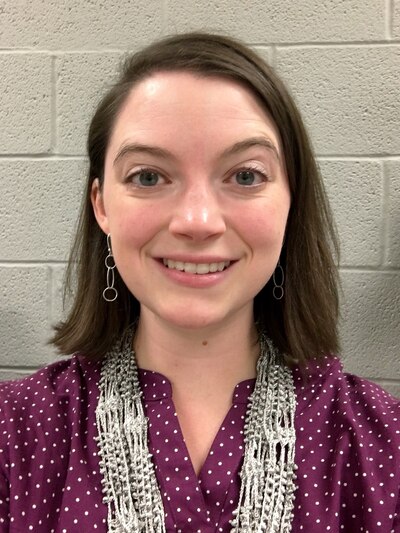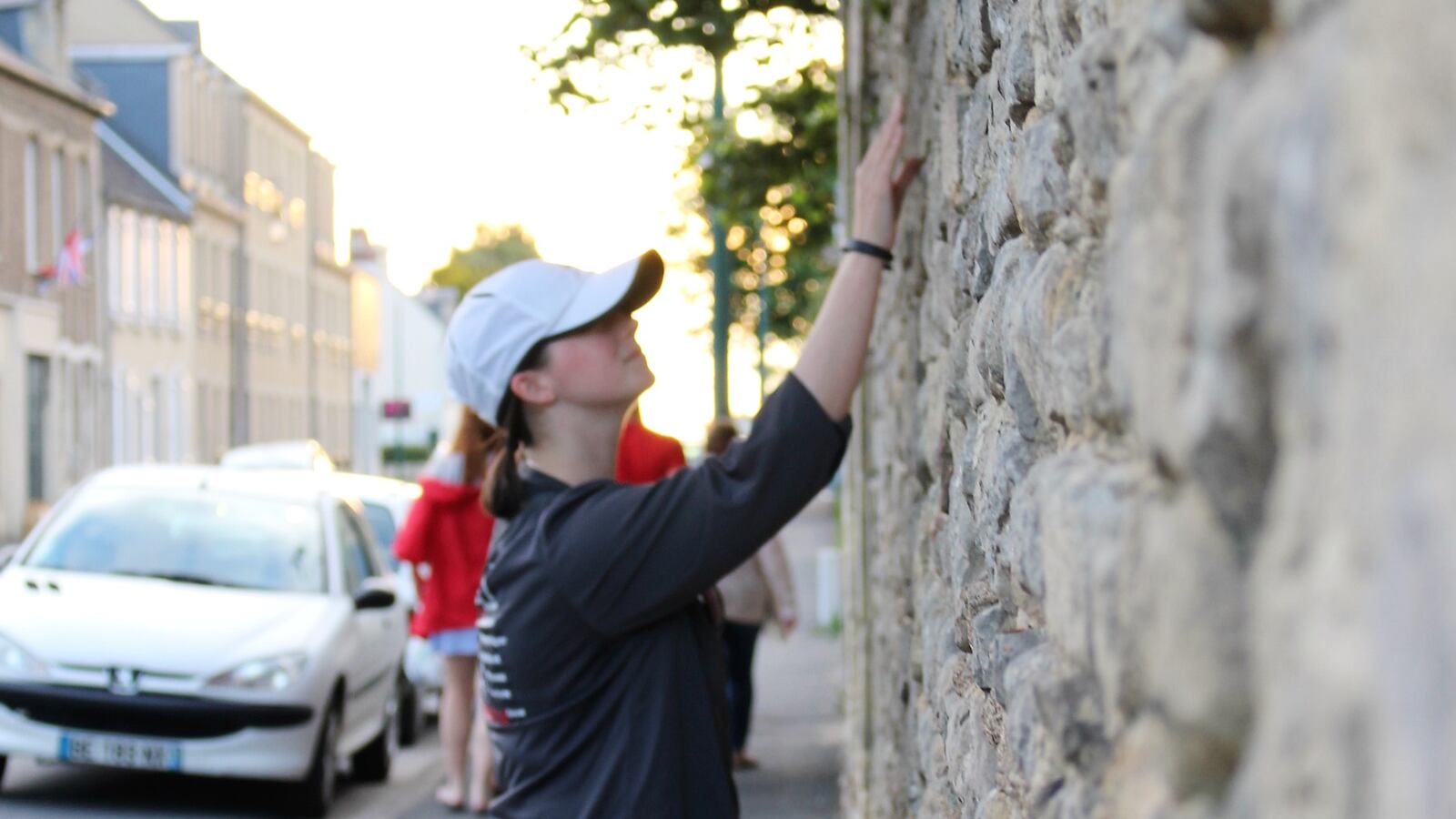Clarksville teacher Whitney Joyner is the granddaughter of a U.S. Navy radioman who served in the Pacific Ocean theater of World War II. So when she learned about a national program sending teachers to historic sites of the military operations supported by her grandfather, she jumped at the chance.

A STEM teacher at Northeast Middle School in Montgomery County, Joyner is among 18 educators named last week to participate in Understanding Sacrifice, a national professional development program sponsored by National History Day, the Roy Rosenzweig Center for History and New Media, the American Battle Monuments Commission, and the National Cemetery Administration. Scott Johnson, a history teacher at Battle Ground Academy in Franklin, is the other Tennessee teacher chosen to participate.
The competitive program, which kicks off next month with an organizational meeting in Arlington, Va., will pay for teachers to travel to national cemeteries in San Francisco, Honolulu and Manila, Philippines. There, and during the 18-month program, they’ll study about the lives of World War II soldiers who died in service and develop classroom resources to share with other educators to mark the 75th anniversary of major battles.
Chalkbeat spoke with Joyner, now in her ninth year of teaching, about the opportunity she learned about through National History Day, and how she plans to bring what she learns to the classroom.
This experience allows you to travel to some of the places that influenced the outcome of the war. What will you be doing?
We’ll be traveling next July to American Battle Monument Cemeteries to get an understanding of varying elements of the Pacific side of the war. But we have an extensive amount of homework to do first. We have weekly assignments and postings and will engage in a weekly discussion board based on our readings. When we’re in Arlington next month, we’ll attend lectures led by George Mason University. … It’s intense and it’s supposed to be. But it’s 100 percent worth it, just to get to translate the experience to students.
Your teaching focus is STEM, not social studies, so what’s the alignment for an immersion experience that emphasizes U.S. history?
I love the idea of creating a cross-curricular approach for teaching my students. So I want to take what is typically taught in history and blend it with the STEM standards that I teach on a daily basis. I’ll get to look at things such as code breaking during World War II and some of the mathematics and science and forensics behind war. I think this program will allow me to present my students with a stronger personal connection in teaching those standards.
As you learn, you’ll be developing a lesson plan and a profile of a fallen hero who is buried or memorialized at a military cemetery in one of these places. Do you know yet who your fallen hero will be and how do you expect to incorporate this into your classroom?
I’ve always wanted to trace my grandfather’s footsteps, so my hope is to choose a soldier from Tennessee who served in the Pacific as a Navy radioman, allowing me to see the parallel of their two stories. I’ve been doing a little homework and I’ve narrowed it down to about five people. I hope to get a deeper understanding of what that field included, what the job is, what technology was used, and also to look into the code breaking side of it.
We’ll be creating curriculum that will be free and available to anyone. In my classroom, we do a lot of virtual reality through Google Cardboard. I hope to create some 360 video tours that anyone could use in their classroom.
You teach in Clarksville, home to Fort Campbell and the 101st Airborne Division. How does this Army base impact the lens through which your students look?
It impacts them deeply. I have a significant population of military dependents in my classroom on a daily basis. We fly the 101st Airborne flag in my classroom. … My students have an understanding of war because Fort Campbell is in our own backyard. They have an understanding of the risk involved. That makes it incredibly important to give them a chance in the classroom to experience the life, the service and the sacrifice of our soldiers.
Sponsors of this opportunity say the goal is to reinvigorate the teaching and learning of WWII in classrooms as we mark the 75th anniversary of major battles. Do you think students are learning adequately about this part of history?
As a middle school teacher, I can’t speak to high school standards, but I do know that World War II veterans are a dying generation, and there’s a rush to locate their stories and soak up as much as possible in order to better understand where we’ve come from and what lessons we’ve learned. This is our history, so it’s applicable to our students. The people with National History Day say all the time that we can’t know where we’re going until we know where we’ve been. I think it’s important for students to know and appreciate where we’ve been as a nation. The goal is to turn them into civically responsible adults who have a passion to impact the world around them in positive ways.
Editor’s note: All of the teaching resources developed during Joyner’s immersion experience will be available here for free beginning in November 2017.

